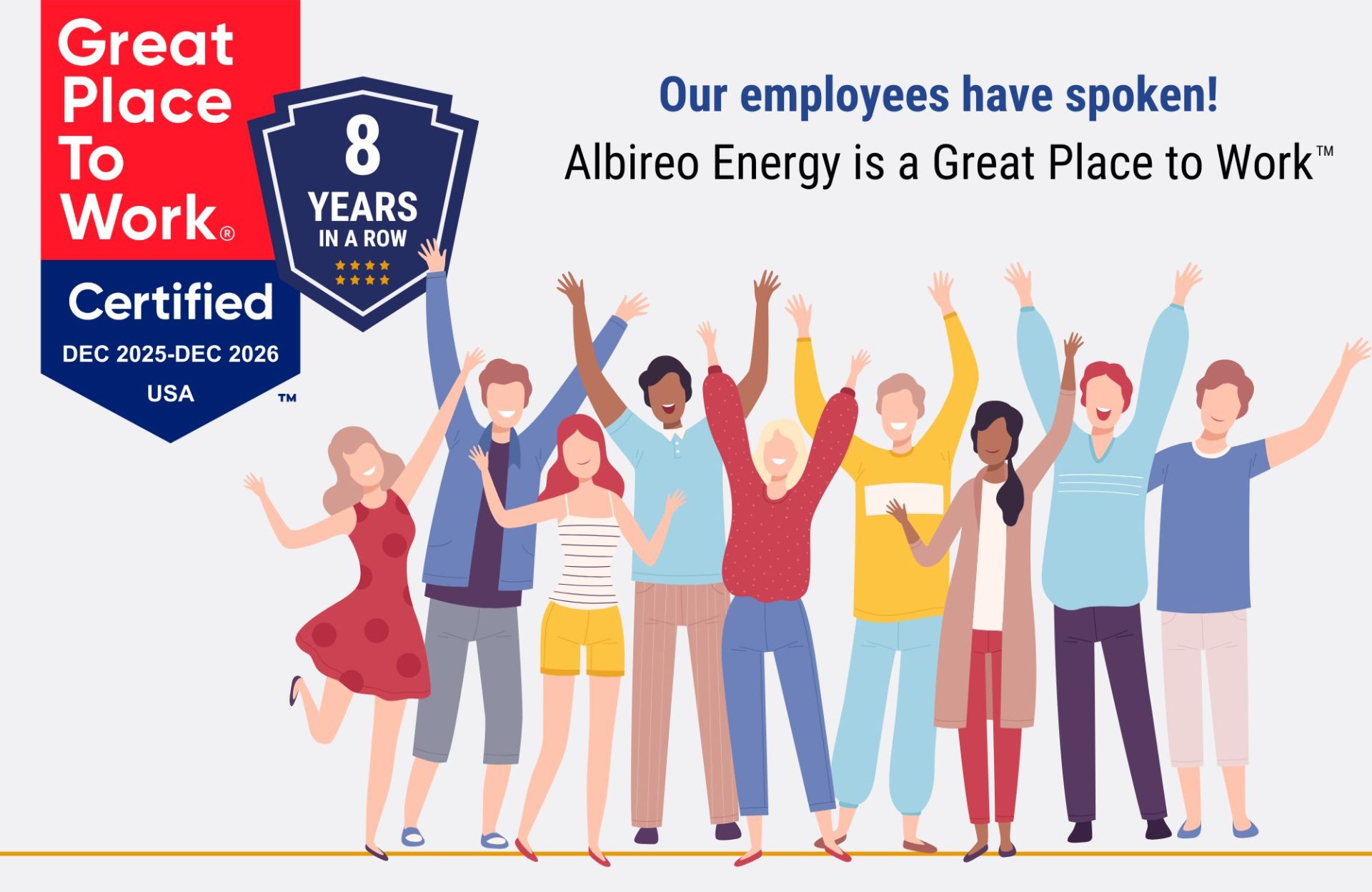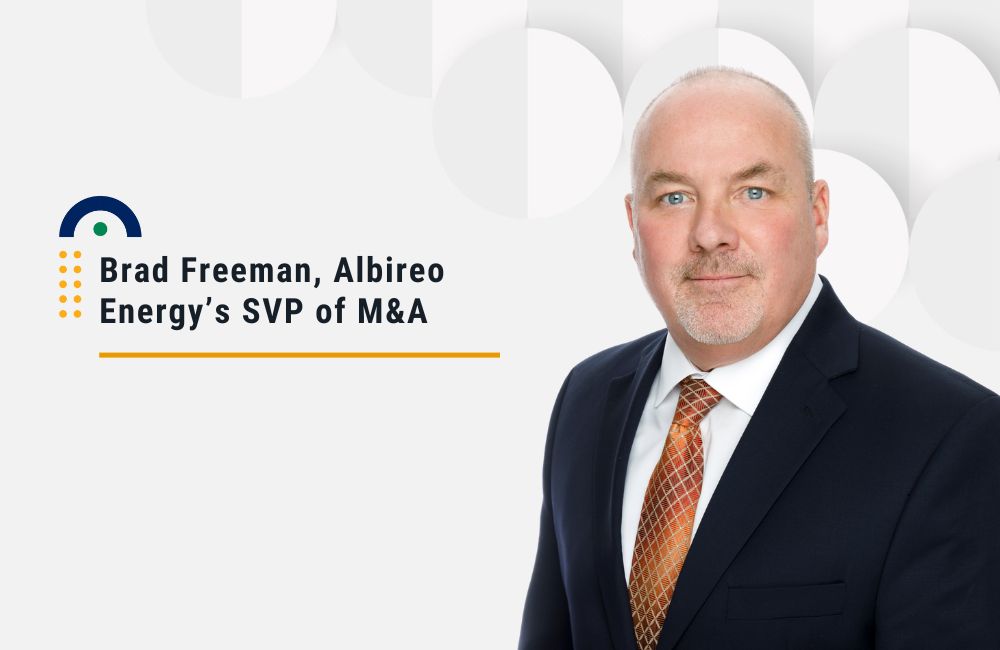A Heat Island sounds like it could be a tropical getaway. These pockets of heat found in urban areas can reach tropical temperatures but cause more discomfort than enjoyment. Buildings, roads, and pavements in urban areas absorb the sun’s heat and emit it slowly to cause the air temperature surrounding them to rise.
Heat island effects can raise the surrounding urban area temperature 1-7 degrees hotter than the temperatures found in suburban or rural areas. These elevated temperatures increase energy consumption, compromise human health and comfort, and decrease water quality in surrounding streams, rivers, ponds and lakes.
Several factors contribute to heat islands. Human-made materials prevalent in urban environments, such as pavements and conventional roofing, absorb and emit heat. The size, shape and layout of buildings in city sectors can alter wind flow and its cooling effects. Vehicles, HVAC equipment and other mechanical systems release heat into the urban environment. Areas without natural vegetation and water do not benefit from the cooling effects of shade, evaporating surface water or transpiring water from plants. And of course, weather conditions have a direct effect on the formation of heat islands.
Strategies and technologies are developing to mitigate heat islands. Increasing tree and vegetation plantings in urban communities is a method frequently used. Using roofing materials or coatings that significantly reflect sunlight and heat away from buildings is another successful strategy which is often referred to as “Cool Roofs”. There are also “Cool Pavements” which involve using paving materials for sidewalks, parking lots and streets that reflect sunlight and heat to cool the environment for the same effect. Another strategy is a green roof.
Designing and installing a “Green Roof” is a heat island mitigating strategy that is becoming more widespread. Rooftop gardens and eco-roofs entail growing a layer of vegetative plants on the surface of the roof. Plants, shrubs, grasses and even trees can be grown to provide shade and cool the air through evapotranspiration. Green roof temperatures can be 30-40 degrees lower than a conventional roof. This can lead to a reduction in energy use for a building by .7% and annual savings of $.23 per square foot of roof surface.
Extensive green roofs are simple with hardy plants that need only two to four inches of soil. These require the least amount of structural support and little maintenance once established. More elaborate designs, called intensive green roofs, can incorporate a full park-like space with access for occupants to experience the greenery. These sophisticated designs do require structural support and higher initial investment. Often, they require ongoing maintenance.
Green roofs offer benefits over and above the heat reduction that a cool roof can achieve. They reduce and filter stormwater, absorb pollutants and carbon dioxide, provide a natural habitat for birds and insects, and can provide occupants recreational and health benefits. Cool roofs are lower in cost and should be considered for projects with lower budgets.
Facility managers interested in installing a green roof can access various funding from city and federal funding sources. Direct incentives can be grants, tax credits, rebates, and better financing terms. Indirect incentives can include zoning density bonuses, development incentives, fast-track permitting, zoning upgrades, and reduced stormwater requirements.
While multifamily and office buildings can increase their marketing appeal and receive higher rents as a direct benefit of a green roof, other commercial and manufacturing facilities can reap multiple benefits too. Advantages such as increased energy efficiency, as well as increased membrane durability and longevity, can be gained from a green roof project. Once you add up the positive environmental impact, the positive occupant experience, the economic advantages and the aesthetic qualities of a green roof, facility managers and commercial building stakeholders will find it worth the investment to investigate the feasibility of a green roof for buildings in their portfolio.
As firms consider their carbon footprint, a green roof could be a viable option to add to their project design. An energy consulting partner can perform an energy audit of the facility to assess the value of adding a green roof. Evaluation of energy reduction can be demonstrated with digital energy models. Environmental certification programs such as LEED and ENERGY STAR encourage a green roof as a conservation measure. A green roof is a beautiful way to reduce energy consumption, mitigate heat islands, and reduce the carbon footprint of a building.






